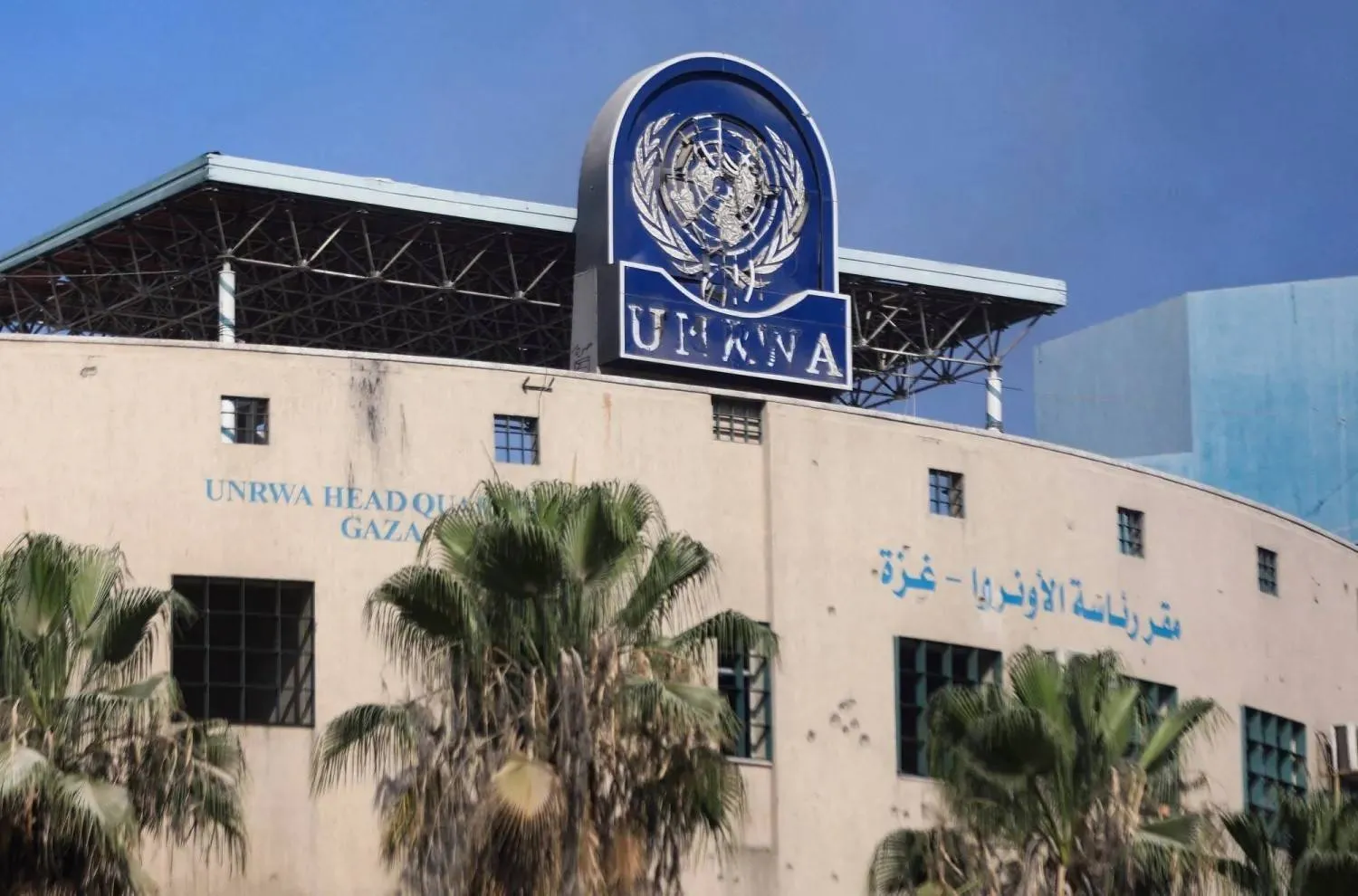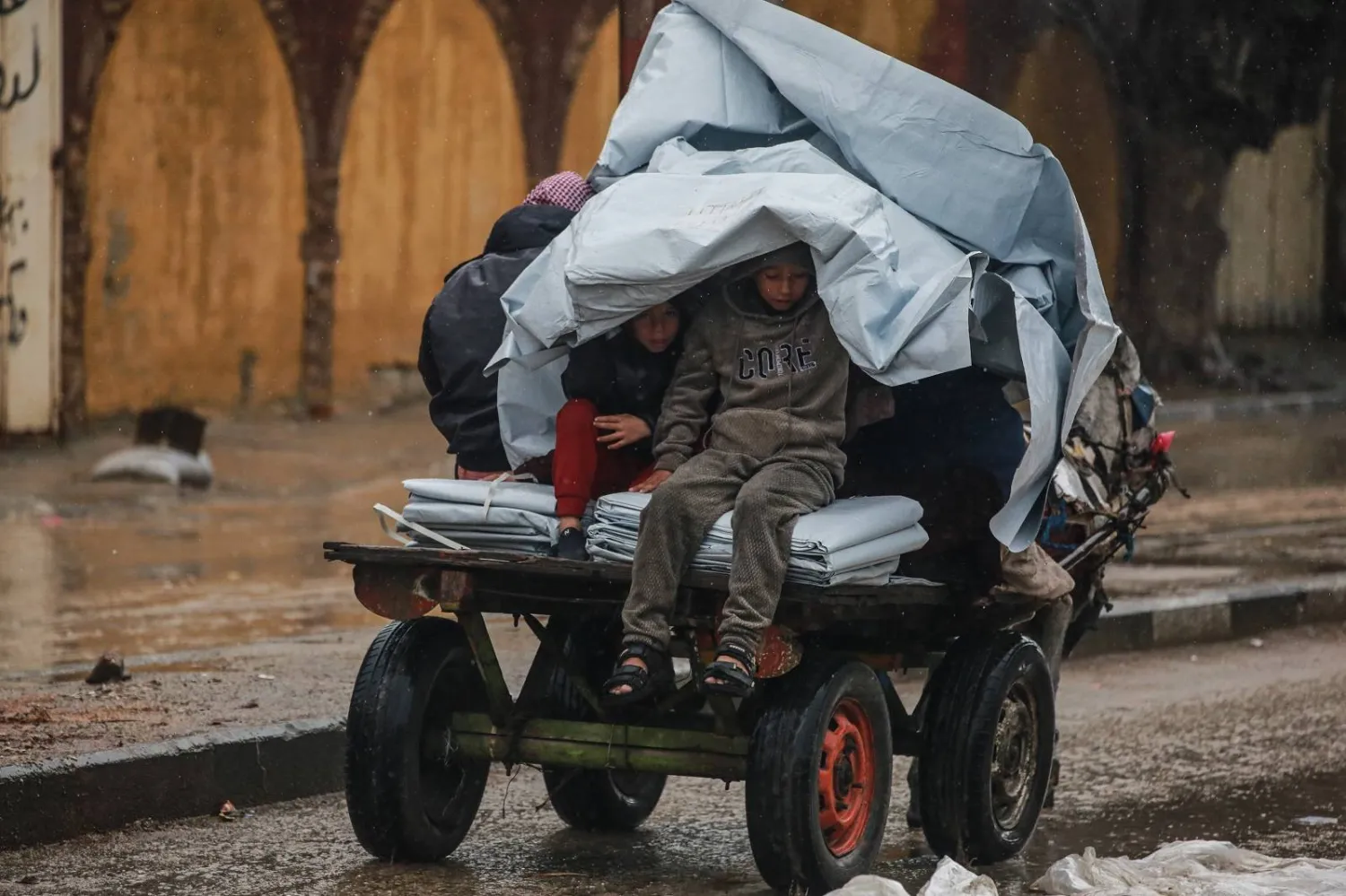Discussion has intensified over plans for partial reconstruction in parts of Gaza, even as official Arab statements insist that rebuilding must begin across the entire enclave.
The debate comes nearly two weeks after the postponement of the Cairo Conference on Gaza reconstruction, intended to marshal large-scale funding to revive the devastated territory, amid estimates that rebuilding could cost as much as $35 billion.
Hebrew media leaks about these “partial plans,” targeting areas including the southern city of Rafah, say the government of Israeli Prime Minister Benjamin Netanyahu has approved financing for them.
Experts who spoke to Asharq Al-Awsat said the move aligns with earlier US plans in case efforts to move to the second phase of the Gaza agreement fail.
They said the Cairo reconstruction conference would be delayed for some time but would eventually take place, although not soon, and that its outcomes would face Israeli obstacles during implementation.
The Yedioth Ahronoth newspaper quoted an Israeli official as saying Tel Aviv had given preliminary approval to cover the cost of removing rubble from Gaza and to take responsibility for the massive engineering operation, following a request from the United States. Israel would begin by clearing an area in Rafah in southern Gaza in preparation for reconstruction.
According to the newspaper’s sources, Israel could be required to remove rubble from the entire Gaza Strip, a process expected to take years and cost more than $1 billion.
The United States wants reconstruction to begin in Rafah in the hope it can serve as a successful model for US President Donald Trump’s vision for rehabilitating Gaza, drawing residents from across the enclave, with other areas rebuilt in later phases, the Israeli paper said.
The Israeli leaks come about two weeks after comments by Egyptian Foreign Ministry spokesman Tamim Khallaf, who told Asharq Al-Awsat that Cairo was working with regional and international partners to prepare the conditions needed for the success of the Early Recovery and Reconstruction in Gaza conference. His remarks came in response to questions about the reason for its delay.
On Nov. 25, an informed Egyptian source told Asharq Al-Awsat the conference would not be held as scheduled at the end of November and would be postponed, citing the escalation in Gaza and Cairo’s desire to see better conditions on the ground to achieve its goals.
The comments coincided with reports of Israeli plans to divide Gaza into two parts, one under Israeli control and the other under Hamas control, covering no more than about 55 percent of the territory.
An emergency Arab summit hosted by Cairo on March 4 adopted a Gaza reconstruction and development plan aimed at early recovery and rebuilding the enclave without displacing Palestinians.
The plan outlines specific phases over up to five years at an estimated cost of $53 billion. Egypt also called for an international conference to support Gaza’s reconstruction, in coordination with the United Nations.
Rakha Ahmed Hassan, a member of the Egyptian Council for Foreign Affairs and a former assistant foreign minister, said guarantors and some mediators of the Gaza agreement would not accept such partial plans, viewing them as a violation of the deal.
He said they come amid Israeli moves to obstruct the second phase by arguing that disarming Gaza must come first.
Palestinian political analyst Abdel Mahdi Mutawe said Israel’s approval of partial reconstruction funding and renewed promotion of the idea indicated little chance of reaching a second phase, pushing instead toward an alternative plan previously discussed by Jared Kushner, Trump’s son-in-law.
That plan envisages building in areas outside Hamas control as long as the group does not accept disarmament.
Mutawe said reviving talk of partial reconstruction delays comprehensive rebuilding and sends a message to potential donors that obstacles remain, further delaying the Cairo conference.
In October, Kushner said at a press conference in Israel that rebuilding Gaza in areas under Israeli army control was being carefully studied, with considerations underway in areas controlled by the Israeli military that could be secured to begin building a “new Gaza.”
He said no funds would be allocated to reconstruction in areas still controlled by Hamas. The partial plans run counter to Arab positions.
Egyptian President Abdel Fattah al Sisi and Bahrain’s King Hamad bin Isa Al Khalifa stressed in a phone call on Thursday the need for full implementation of the ceasefire agreement in Gaza and the inevitability of starting reconstruction across the entire enclave, according to an Egyptian presidency statement.
In an interview with US broadcaster Tucker Carlson at the Doha Forum on Sunday, Qatari Prime Minister Sheikh Mohammed bin Abdulrahman Al-Thani reaffirmed that the Palestinians will not be abandoned but that cheques to rebuild what others have destroyed won’t be signed.
Hassan said Qatar’s recent call for Israel to bear the cost of the destruction it caused reflected a firm Arab position aimed at preventing a repeat of the devastation.
He added that Egypt was also aware of Israeli moves toward an alternative plan involving partial reconstruction in Rafah, but that Cairo sought to strengthen a unified Arab stance in favor of comprehensive rebuilding, which would begin with the second phase that includes an Israeli withdrawal.
Mutawe said the Arab position would certainly exert pressure, but acknowledged differing views among Arab states.
He said the Cairo reconstruction conference was tied to progress in the second phase and the issue of disarmament in Gaza. It would eventually take place, he said, but not in the near term, and its outcomes would remain vulnerable to Israeli obstacles.









